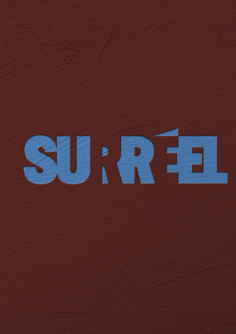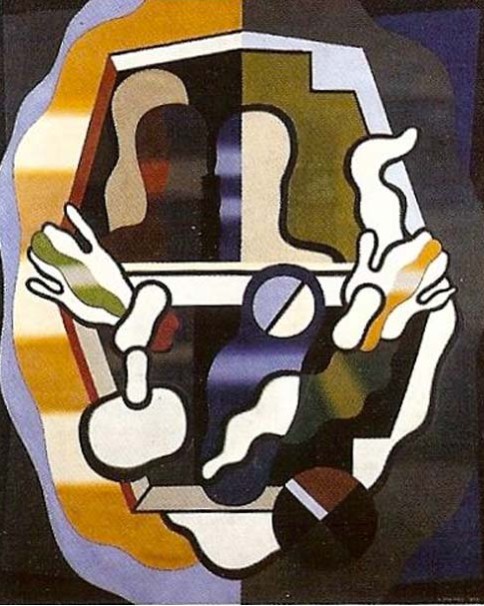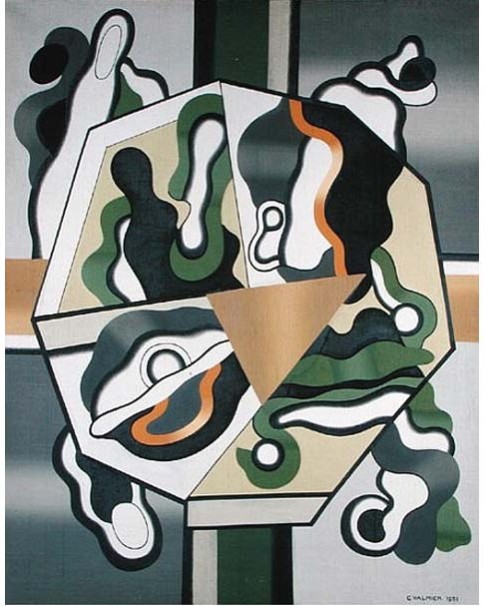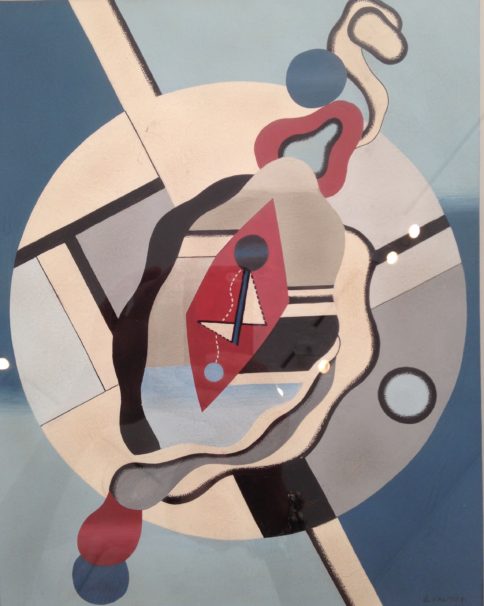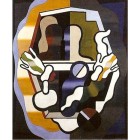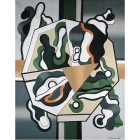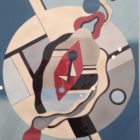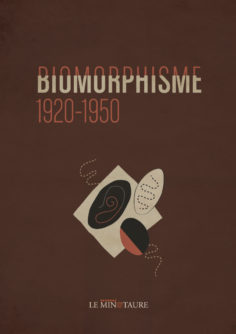1885 – 1937 Georges Valmier was born in Angoulême on 11 April 1885. He moved with his family to Montmartre in 1890, and was brought up in an environment of love of the arts, including music and painting. Valmier performed military service during 1904-1905, and after his return, he discovered the work of Cézanne at an exhibition of his works at the Salon d’Automne in 1907. He entered the Ecole des Beaux-Arts, where he trained under Luc-Olivier Merson until 1909. He married Jeanne Bliss Pessina in 1908; their daughter Martha was born in 1912. He was drafted into the military in 1914 and assigned to service in Toul, where he became acquainted with Albert Gleizes, Paul Colin, and the composer Florent Schmitt.Professor of Physiology from the Faculty of Nancy in charge of the infirmary at Toul, Dr. Lambert, was more enthusiastic about his portrait by Valmier than that of Gleizes, who writes: “The portrait that he [Valmier] made of the Doctor was excellent, a very good likeness that remained in the classical idiom. But for myself, I wanted to remain faithful to Cubism and not to play games with my own convictions. So the portrait I envisaged [Portrait of an Army Doctor] was a little surprising for the good doctor’s habits of mind. He did not conceal his way of thinking, but he let me do what I wanted.” (Albert Gleizes, Souvenirs, c. 1942) Upon his return to Montmartre in 1918, Valmier met Léonce Rosenberg, who soon recognized the high quality of his work and took him under contract. Rosenberg organized a solo exhibition for Valmier in 1921 at his Galerie de L’Effort Moderne. From 1923 to 1927, under the patronage of Rosenberg, his works were regularly published in the Bulletin de L’Effort moderne. In 1928, Rosenberg entrusted him with the decoration of the dining room of his apartment at rue de Longchamp in Paris, which also houses his art collection. The early 1930s marked Valmier’s final transition to abstractionism. He was an early member of the board of Abstraction-Création, along with Jean Arp, Albert Gleizes, Jean Helion, František Kupka, Leon Tutundjian, and Georges Vantongerloo, as well as the Hungarian painter Alfred Reth, with whom he jointly created works titled Forms in Space. In 1936, Valmier began working on three monumental works for the decoration of the theater of the Palace of Railways for the World Expo held in Paris in 1937. Valmier suffered ill-health since 1932, and died on 25 March 1937 in Montmartre.
